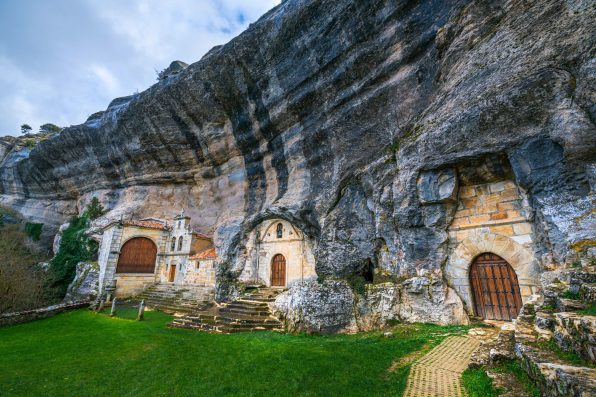Recently, researchers came across a broken stone tablet with carvings while conducting excavations at an archaeological site in Spain. The slate dates back between 600 and 400 B.C.E. It was created more than 2,000 years ago by the ancient Tartessos people.
The stone tablet was found at an ancient Tartessian site known as Casas del Turuñuelo in Guareña, Spain. The excavation project was carried out by the Institute of Archaeology of Mérida, the Government of Extremadura, and the Higher Council for Scientific Research.
According to one of the excavation leaders, Esther Rodríguez González, the tablet was located behind a storage vessel in one of the corners of a room.
The room was part of an “artisanal production space” that was connected to the main building. On the tablet, there were engravings of battle scenes and letters from an ancient alphabet.
“Initially, because of the humidity of the soil, the depictions were indistinguishable. Once the slate tablet dried, it turned to a lighter color of gray, and the representations popped up. It was cleaned by the laboratory staff, and the scenes became recognizable,” the excavation leader said.
The tablet is almost eight inches long and includes images of faces or geometric figures, along with a scene of combat in which three characters interact. In the battle scenes, four individuals have been identified as warriors due to their clothing and weapons.
Additionally, there were 21 signs that are believed to be an “alphabet of a southern Paleo-Hispanic script.” A researcher named Joan Ferrer i Jané was the first to notice the sequence of letters, noting that it was nearly identical to the Spanish alphabet. The only difference was the eleventh sign, which had a “special shape.”
“At least six signs would have been lost in the split area of the piece, but if it were completely symmetrical and the signs completely occupied three of the four sides of the plate, it could reach 32 signs,” Ferrer i Jané said. “It is a shame that the final part of the alphabet has been lost [since] that is where the most pronounced differences tend to be.”
It is possibly the third southern Paleo-Hispanic alphabet ever discovered. The researchers think the tablet was once a goldsmith’s slate, used for support when engraving images on gold, wood, or ivory.

Sign up for Chip Chick’s newsletter and get stories like this delivered to your inbox.


